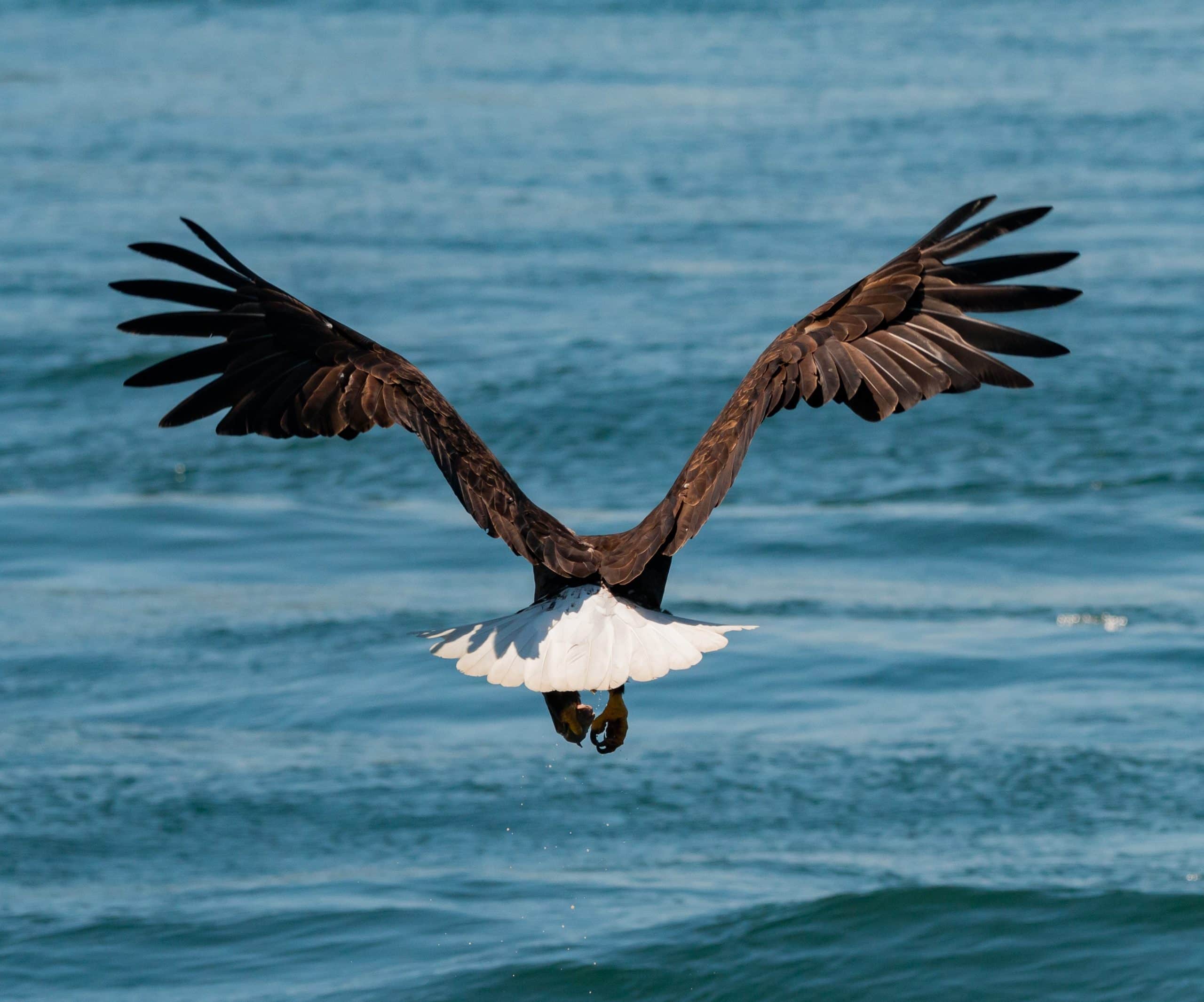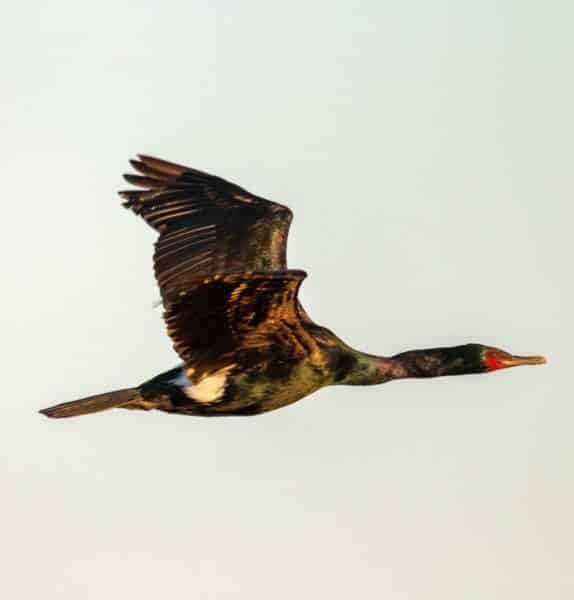A Tale of Two Worlds
Written by: Derek, Naturalist
Victoria’s surrounding waters are rich in its diversity of marine organisms. From the all too unseen plankton to our massive migrating humpbacks the food web of the Salish Sea is an absolute marvel.
So too is the terrestrial food web. Just off the coast of McNeill Bay lies Trial Island, the site of an ecological preserve established for the protection of several rare and threatened plant species. Including gnarled Garry Oak trees, and the precious Purple Sanicle.
Residents of each habitat face numerous challenges in their survival. Many challenges are similar between these two realms – things like avoiding predators and finding (or producing) food. Yet other factors prove just how alien these two worlds are to each other. Take the effects of gravity for example. Here on land gravity holds us tightly to the earth’s surface, making standing up straight a daily battle for plants and animals alike. However, in the oceans buoyancy relieves this stress (allowing creatures to achieve monstrous sizes), but brings another – namely the extreme pressure generated by the mass of water that exists above and all around them. Though these two worlds are vastly different from one another, they are of course deeply interconnected. One such case of cross ecosystem connections is through the daily lives of seabirds.
Each day seabirds such as cormorants forage for fish and other prey through the depths of our ocean. But they can’t stay down forever and come to land regularly to rest as well as to mate and nest. Inevitably while on land something incredible happens – they poop. Known as guano, a cormorant’s excrement can deposit up to 4 grams of nitrogen and 2.5 grams of phosphorus, by one estimate. These elements are vital to life – especially important to plants – as a natural fertilizer. These vital nutrients have their origins in the sea, originating for the cormorants’ fish prey and ultimately help increase the nutrient availability on land. Ecologists have dubbed such nutrient movements, common to all ecosystems, ecological subsidies.
Another such example is during salmon runs in the fall. When salmon swim upriver to their breeding grounds many fish are consumed by predators such as bears and wolves, who often take these salmon into the forest they eat what they will and leave the rest to be absorbed by the soil ecosystem. Eventually, as researchers have discovered, these nutrients wind up in the tissues of many trees including Western Red Cedars. The study of such processes is exciting and is unlocking new ways of understanding the complexity of life here on our beautiful earth.
Join us on a tour to experience this complex nexus between worlds












